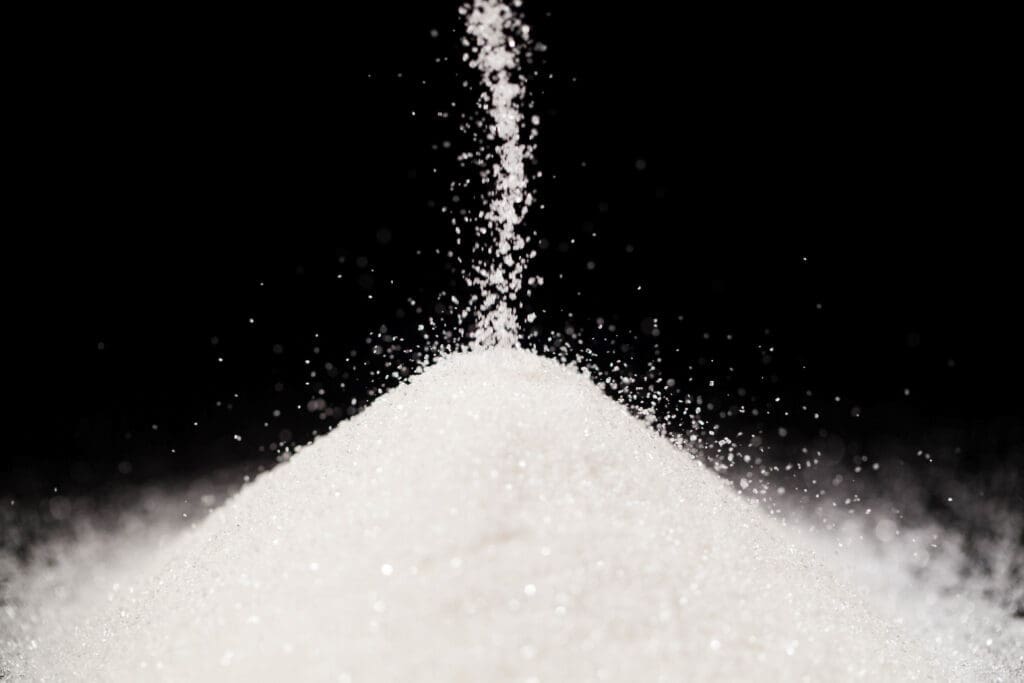
Acidum benzoicum
Latin name: Acidum benzoicum
Short name: Benz-ac
Common name: Benzoic Acid | Flowers of Benzoin | Gum Benzoin Derivative
Primary miasm: Sycotic
Kingdom: Minerals
Family: Organic Aromatic Acid
- Symptomatology
- Remedy Information
- Differentiation & Application
Benzoicum acidum is an aromatic carboxylic acid (C₆H₅COOH) occurring naturally in benzoin resin, cranberries, and other plants. In crude form it appears as colourless crystals with a faint aromatic odour and slightly sour taste. Prepared commercially from gum benzoin or synthesised from toluene oxidation. Insoluble in cold water but soluble in alcohol, ether, and hot water. In toxic doses it irritates the mucous membranes and is eliminated chiefly by the kidneys, affecting the urine characteristically. In homoeopathy it is potentised from pure benzoic acid to release its dynamic effects [Clarke].
As a preservative in foods and medicines (sodium benzoate); in perfumes; in expectorant preparations; in dermatology for fungal infections; in manufacture of dyes and plastics.
First proved by Dr. Bute in the United States, later confirmed clinically by Hering and others. Fuller accounts in Hering’s Guiding Symptoms and Allen’s Encyclopedia.
- Urinary Organs: Strong action on kidneys and bladder; changes character and odour of urine markedly [Hering].
- Metabolism: Affects uric acid balance; linked to gout and lithic-acid diathesis.
- Joints: Rheumatic and gouty inflammation, especially with shifting pains.
- Heart: Palpitations, organic disease associated with gouty heart.
- Digestive Organs: Offensive breath and eructations from metabolic derangement.
- Skin: Gouty tophi; eruptions associated with uric acid overload.
- Rest and quiet.
- Warmth, especially wrapping up in bed.
- Passing urine (relieves head and joint symptoms).
- Cold, damp weather [Clarke].
- Motion aggravates joint pains.
- Taking wine or rich food.
- Change of weather, especially to cold.
- Colchicum – More acute gout, great aversion to food; Benzoic acid more urinary odour and shifting pains.
- Lithium carbonicum – Gout with heart involvement, but less offensiveness.
- Ammonium phosphoricum – Urinary sediment but less characteristic odour.
- Sulphur – Offensive discharges, but more skin and heat symptoms.
- Complementary: Lycopodium in chronic gout; Nitric acid in offensive discharges.
- Antidotes: Wine and rich food aggravations are antidoted by the remedy itself in chronic cases.
- Follows well: After Colchicum or Ledum in gouty cases.
A remedy for the gouty, lithic-acid constitution, where offensiveness of all secretions dominates the picture—strong-smelling urine, foul breath, acrid perspiration. The urine changes with every fluctuation in the systemic state, acting almost as a barometer for the patient’s condition. Joints, kidneys, and heart form a pathological triad.
- Especially useful in gout with cardiac involvement.
- Chronic urinary disorders with strong odour, especially in elderly.
- In children, foul-smelling urine with rheumatic tendencies.
Mind:
- Irritability over trifles.
- Gloomy mood with physical complaints.
Head:
- Headache from uric acid excess.
- Head hot with flushed face.
Urinary:
- Urine, odour, ammoniacal.
- Urine, odour, like horse’s urine.
- Urine, high-coloured, with sediment.
Extremities:
- Gouty pains, shifting.
- Swelling, hot joints.
Generalities:
- Offensive discharges.
- Gouty constitution.
- Hering C. – Guiding Symptoms of Our Materia Medica: Urine odour, gouty constitution.
- Allen T.F. – Encyclopedia of Pure Materia Medica: Proving records, urinary specifics.
- Clarke J.H. – Dictionary of Practical Materia Medica: General description and modalities.
- Hughes R. – Cyclopaedia of Drug Pathogenesy: Uric acid pathology, joint involvement.
- Boericke W. – Pocket Manual: Summary notes on offensiveness.
- Farrington E.A. – Clinical Materia Medica: Gout and urinary action.
- Lippe A. – Keynotes and Red Line Symptoms: Shifting gout, odour.
- Nash E.B. – Leaders in Homoeopathic Therapeutics: Clinical pointers for gout.
- Kent J.T. – Lectures on Materia Medica: Metabolic constitution.
- Dewey W.A. – Practical Homoeopathic Therapeutics: Grouping with gouty remedies.
